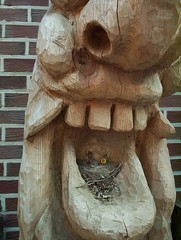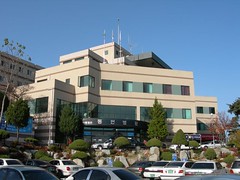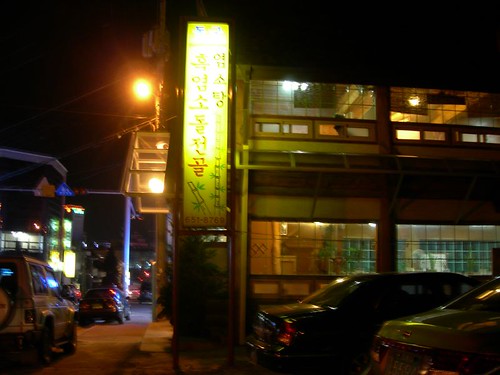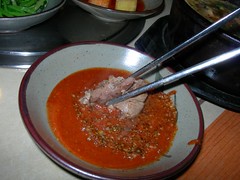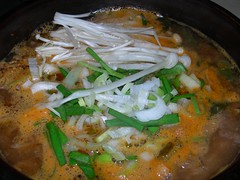Toilet Reading
Space is at a premium here, and in our small house it is hard to find a place of retreat where I can go to read. For now, most of my reading takes place in short spurts while on the toilet, and I have a stack of books in progress above the can.
Books in progress:
Foreign Studies, Shusaku Endo
The Memory Book, Harry Lorayne and Jerry Lucas
Early Childhood Development: A Multicultural Perspective, Jeffrey Trawick-Smith
The Essential Kierkegaard
Books I have read recently:
Deep River, Shusaku Endo
Church—why Bother, Philip Yancey
Language Shock, Michael Agar
The Girl I Left Behind, Shusaku Endo
The Broker, John Grisham
I really enjoy the works of
Shusaku Endo, which I started reading on the recommendation of Philip Yancey in his book,
Soul Survivors, which lists Endo along with one of my other favorite authors, Annie Dillard, as recommended reading. I have 9 of Endo’s books now, and I have read 6 of them so far.
Endo is a Catholic writer from
Japan, a country which has resisted western Christianity with resilience (in contrast to
Korea, which has embraced and synchretised it.). Most people who have critiqued his work focus on this theme in Endo’s works, but I am more interested in the characters he creates. Nearly all of his books contain a character who finds themselves being pushed towards the edge of society, and in this marginalization they come to identify with Christ in some manner. In his most famous book,
Silence, it is in the act of rejecting Christ that grace is encountered. Often the grace of God in Endo’s books mirrors that of a mother’s unconditional, unrelenting love, contrasted with the stern, provisional, fatherly love found in orthodoxy. Another theme is that of encountering the darkness hidden within one’s own subconscious soul. In these characters, however dark they may be, I find hope that here might be salvation for hapless fools such as myself.
